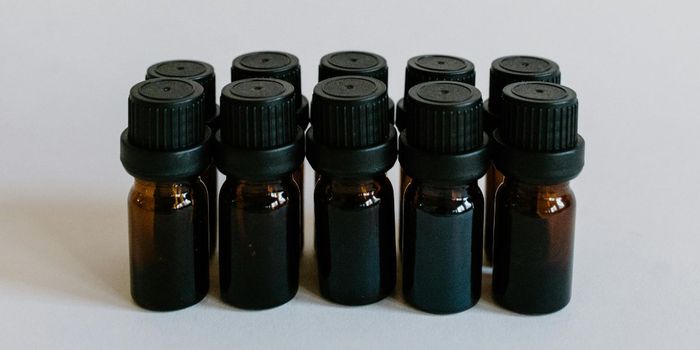Nanoparticle drug delivery to treat pancreatic cancer
Research published last month in the journal Molecular Pharmaceutics details a new mechanism for delivering pancreatic cancer drugs to tumors. The research, carried out by a team from Kansas City Veterans Affairs Medical Center and North Dakota State University, could prove to enhance the treatment of patients fighting pancreatic cancer.
Pancreatic cancer is currently treated with a drug called gemcitabine. This drug, however, is lacking effectiveness due to its relatively fast degradation within the body. Such untimeliness limits its ability to reach tumors. Another downside of the drug is its tendency to result in resistant tumors.
An alternative to gemcitabine is a treatment called an extracellular receptor kinase inhibitor (ERKi). ERKi inhibits a specific gene mutation that is known to be linked to pancreatic tumor health. However, ERKi comes with its own limitations, most concerning of which is that it is toxic to the body. Additionally, it does not break down in water but does degrade easily in the body. This new research aims to address these concerns associated with both treatment medications.
With the design of a nanoparticle delivery system, the researchers aim to enhance the delivery of gemcitabine and ERKi to the pancreas. Nanoparticles composed of polymers offer a twofold solution: they stop the drugs from breaking down while also protecting other areas of the body from the toxic effects.
Study author Dr. Sushanta Banerjee, a researcher with the Kansas City VA and University of Kansas medical centers, comments. "Veteran health care will benefit immensely from such therapeutic models, as they are effective in delivering the drug to the tumor site without any toxic side effects [and with] minimal dosing. Once ready for patient use, this technique will reduce the number of doses required by a patient as well as effectively hinder the progression of the tumor."
The team tested their nanoparticles on cancer cells cultured in the lab, finding that not only were they effective in delivering the drugs to the cancer cells, but that a combination of the two drugs showed to be significantly more effective at suppressing cancer growth.
Their findings suggest that it is worth pursuing a continuing investigation into this method. The authors say that their technique could likely be utilized with cancers other pancreatic cancer, such as breast, prostate, and ovarian cancers.
Sources: Molecular Pharmaceutics, Eureka Alert








